
| Recorded by: Mark Shields, Laurie Hamon on 2025-09-19
Onslow Co.
Comment: | 
| Recorded by: Larry Chen, Sarah Toner on 2025-09-06
Beaufort Co.
Comment: |

| Recorded by: Allison Garton on 2025-09-06
Moore Co.
Comment: | 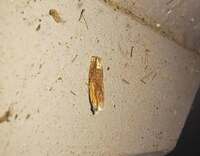
| Recorded by: Allison Garton on 2025-09-06
Moore Co.
Comment: |
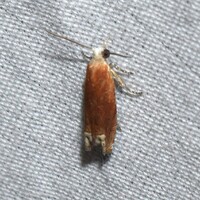
| Recorded by: Jeff Niznik, David George on 2025-08-29
Moore Co.
Comment: | 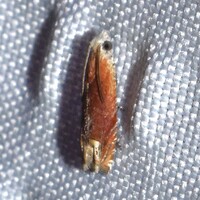
| Recorded by: Jeff Niznik, David George, Jim Petranka, Mark Basinger, Becky Elkin on 2025-08-29
Richmond Co.
Comment: |

| Recorded by: Simpson Eason on 2024-09-19
Durham Co.
Comment: | 
| Recorded by: David George, Stephen Dunn, Jeff Niznik on 2024-09-12
Orange Co.
Comment: |
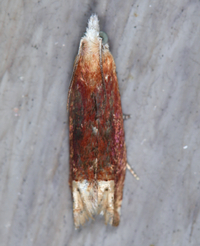
| Recorded by: Jim Petranka on 2024-09-03
Madison Co.
Comment: | 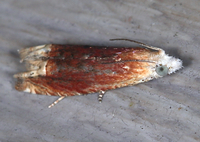
| Recorded by: Jim Petranka on 2024-09-03
Madison Co.
Comment: |
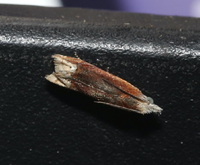
| Recorded by: David George, Rich Teper on 2023-09-25
Caswell Co.
Comment: | 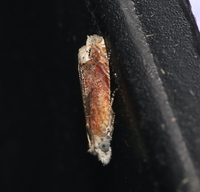
| Recorded by: David George, Rich Teper on 2023-09-25
Caswell Co.
Comment: |
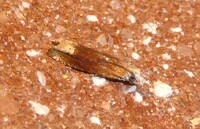
| Recorded by: Simpson Eason on 2022-09-10
Durham Co.
Comment: | 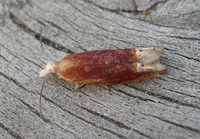
| Recorded by: R. Newman on 2022-09-08
Carteret Co.
Comment: |
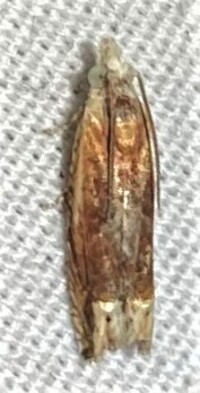
| Recorded by: Dean Furbish on 2021-09-18
Wake Co.
Comment: | 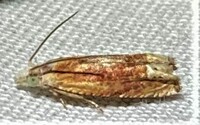
| Recorded by: Dean Furbish on 2021-09-18
Wake Co.
Comment: |
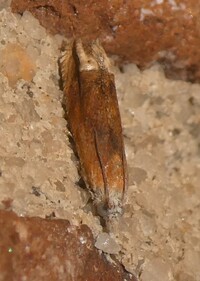
| Recorded by: Simpson Eason on 2021-09-15
Durham Co.
Comment: | 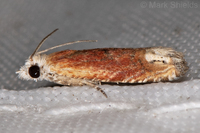
| Recorded by: Mark Shields on 2019-09-21
Onslow Co.
Comment: |

| Recorded by: Gary Maness on 2019-09-19
Guilford Co.
Comment: | 
| Recorded by: Gary Maness on 2019-09-19
Guilford Co.
Comment: |
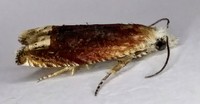
| Recorded by: Gary Maness on 2019-09-19
Guilford Co.
Comment: | 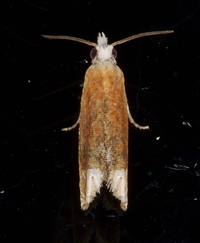
| Recorded by: Jim Petrankaim Petranka and Becky Elkin on 2019-09-08
Madison Co.
Comment: |
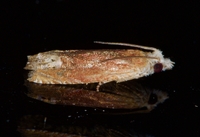
| Recorded by: Jim Petrankaim Petranka and Becky Elkin on 2019-09-08
Madison Co.
Comment: | 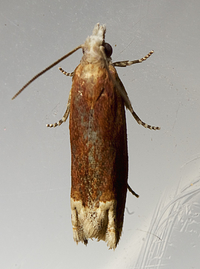
| Recorded by: Jim Petranka and Becky Elkin on 2018-08-29
Madison Co.
Comment: |
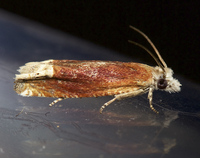
| Recorded by: Jim Petranka and Becky Elkin on 2018-08-29
Madison Co.
Comment: | 
| Recorded by: Kyle Kittelberger on 2017-09-20
Wake Co.
Comment: |

| Recorded by: Lenny Lampel on 2016-09-29
Mecklenburg Co.
Comment: | 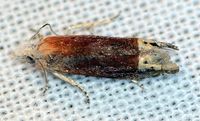
| Recorded by: B. Bockhahn, P. Scharf, K. Kittelberger on 2015-09-10
Rockingham Co.
Comment: |

| Recorded by: Kyle Kittelberger on 2015-09-09
Rockingham Co.
Comment: | 
| Recorded by: Jackie Nelson / Doug Blatny on 2013-08-29
Ashe Co.
Comment: |
|

 »
»



 »
»

